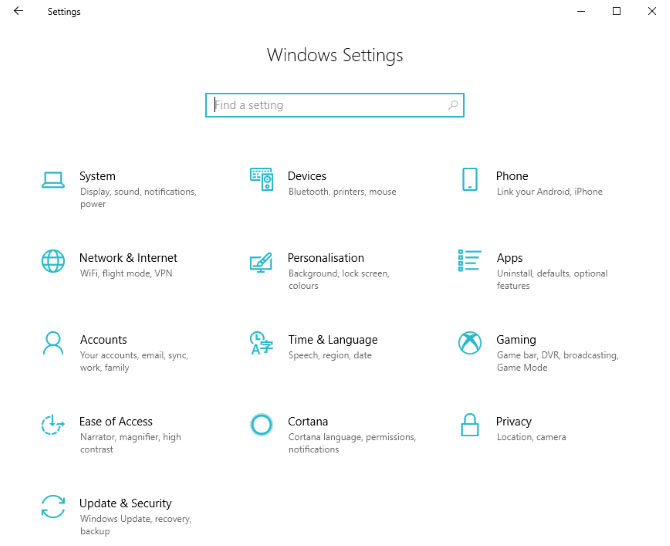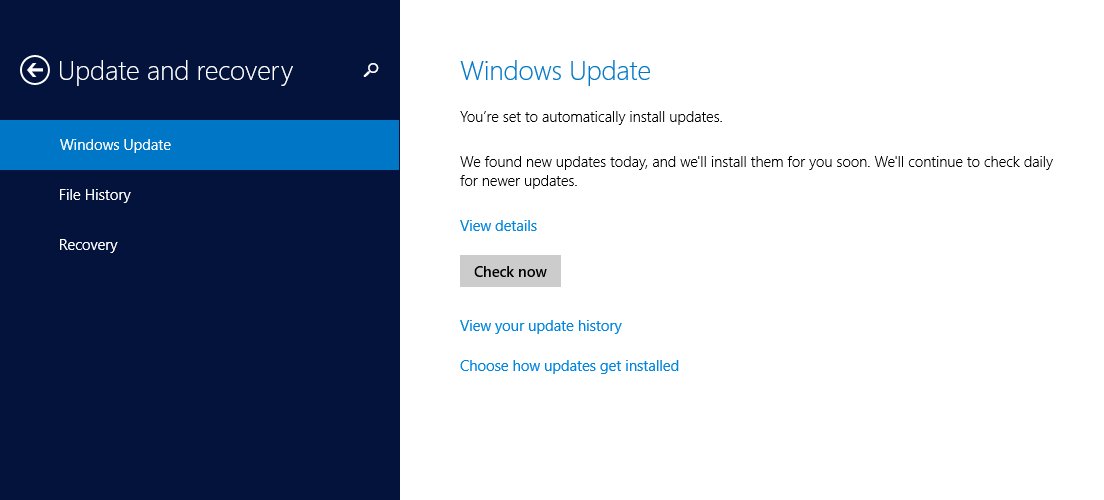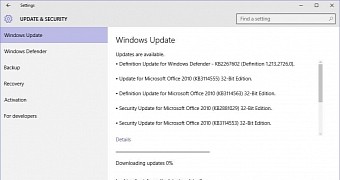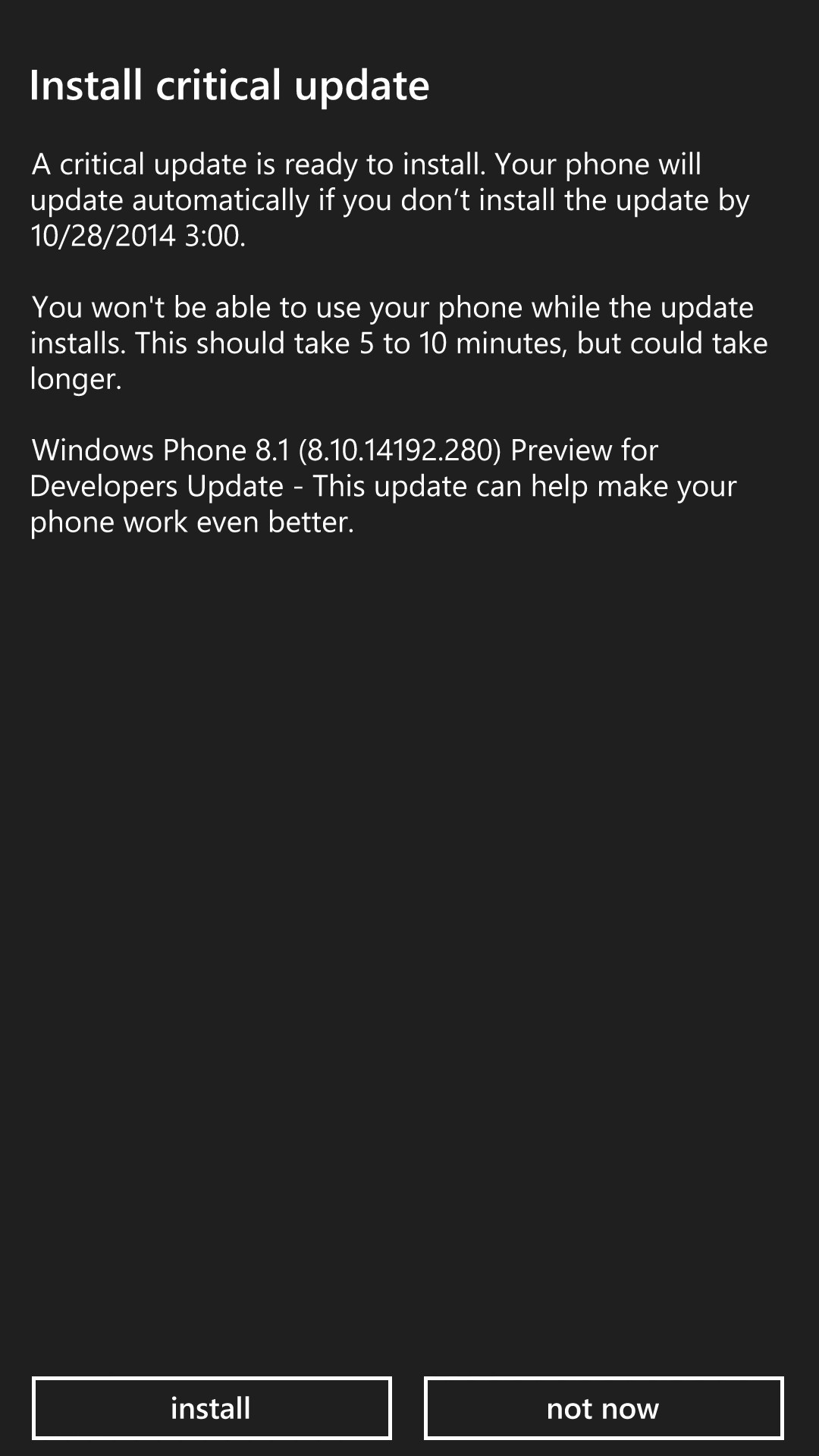

- #Windows critical updates install
- #Windows critical updates drivers
- #Windows critical updates update
- #Windows critical updates driver
- #Windows critical updates code
You can assign devices to a particular channel with any of several tools, including Microsoft Endpoint Configuration Manager, Windows Server Update Services (WSUS), and Group Policy settings applied by any of several means.
#Windows critical updates install
The first step of controlling when and how devices install updates is assigning them to the appropriate servicing channel.

In this approach, an update is plugged into this process and while it runs, you monitor for anomalies, errors, or user impact and respond as issues arise-without interrupting the entire process. Using the different servicing channels allows you to deploy Windows "as a service," which conceives of deployment as a continual process of updates that roll out across the organization in waves. There are three servicing channels, each of which offers you a different level of flexibility with how and when updates are delivered to devices. You can enable or disable Microsoft updates by using policies controlled by various servicing tools. Microsoft product updates: These update other Microsoft products, such as Office.
#Windows critical updates driver
Driver updates are turned off by default in Windows Server Update Services (WSUS), but for cloud-based update methods, you can control whether they are installed or not.
#Windows critical updates drivers
#Windows critical updates code
Servicing stack updates: The "servicing stack" is the code component that actually installs Windows updates.Quality updates are cumulative, so installing the latest quality update is sufficient to get all the available fixes for a specific feature update, including any out-of-band security fixes and any servicing stack updates that might have been released previously. The second-Tuesday releases are the ones that focus on security updates. They are typically released on the second Tuesday of each month, though they can be released at any time. Quality updates include security updates, critical updates, servicing stack updates, and driver updates. Quality updates: Quality updates deliver both security and non-security fixes.Because they are delivered frequently (rather than every 3-5 years), they are easier to manage. Feature updates add new features and functionality to Windows 10.

We include information here about many different update types you'll hear about, but the two overarching types that you have the most direct control over are feature updates and quality updates.

Before that happens, a device is still running the previous


 0 kommentar(er)
0 kommentar(er)
